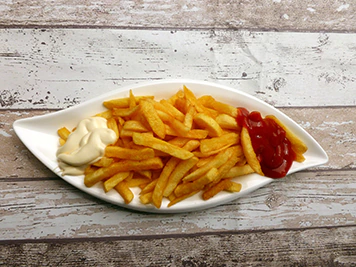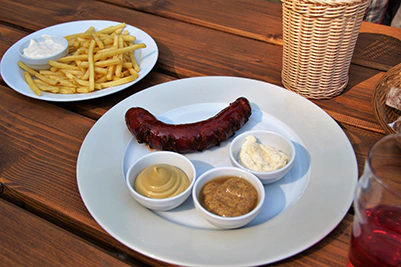| Essence |
Calcium Disodium EDTA or E385 is a synthetic compound, also a Calcium salt of Ethylenediaminetetraacetic Acid, often used as a chelating agent in foods. In fact, an interesting fact is that it’s so capable of being a chelating agent that it can help our bodies get rid of lead, mercury, and other heavy metals. |
| Names |
Calcium Disodium Ethylene Diamine Tetra-Acetate, Calcium Disodium Dihydrogen Ethylenediaminetetraacetate, E385, Calcium Disodium EDTA, and others. |
| Sourcing |
Ethylenediamine (this is an ingredient derived from ethylene). |
| Manufacturing |
The sourcing ingredient is combined together with ethylenediaminetetraacetic acid (derived from ethylene, formaldehyde, and sodium cyanide). The outcome of that is subjected to Calcium Hydroxide (for example, got from limestone). This creates the additive. After that, it’s purified through filtration and crystallization. |
| Application |
Chelating agent, preservative, antioxidant synergist, color retainer, metal ion controller, texturizer, structurizer, and stabilizer. It is considered moderately water-soluble. |
| Acceptable Daily Intake |
2.5 milligrams per kilogram of body weight (JECFA and EFSA) and none determined (FDA). |
| Side Effects |
Not much is known. It can certainly cause a mineral imbalance in the body. Additionally, it can also affect negatively certain medications and be the source of allergic reactions. |
| Benefits |
None. |
| Studies |
40+ studies on Pubmed. Less than 5 studies on safety. |
| Allergens |
None. |
| Diet Restrictions |
None. |
| Health Knight Assessment |
Likely Harmful. | Hence, it’s a Category 4 Additive. |
| Products |
Calcium Disodium EDTA (E385) can be found in processed foods such as mayonnaise, coleslaw, dressings, beans, soft drinks, sandwiches, salads, sauces, chicken snacks, chocolates, canned crabs, mustard, canned peas, premade chicken foods, vinaigrettes, pizzas, hot dogs, and more. |



